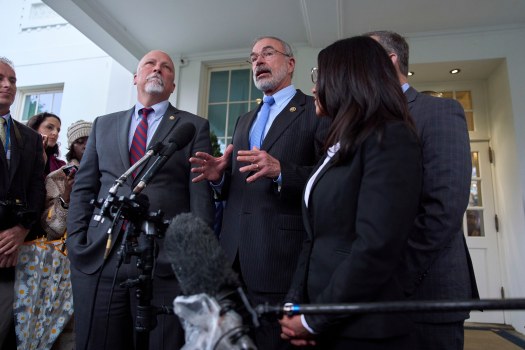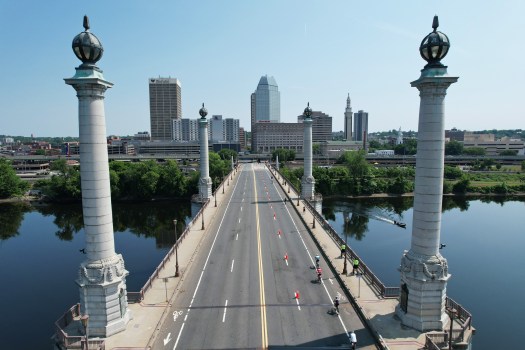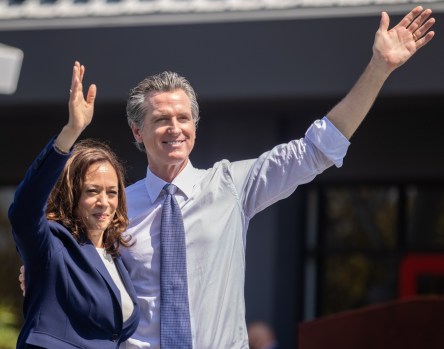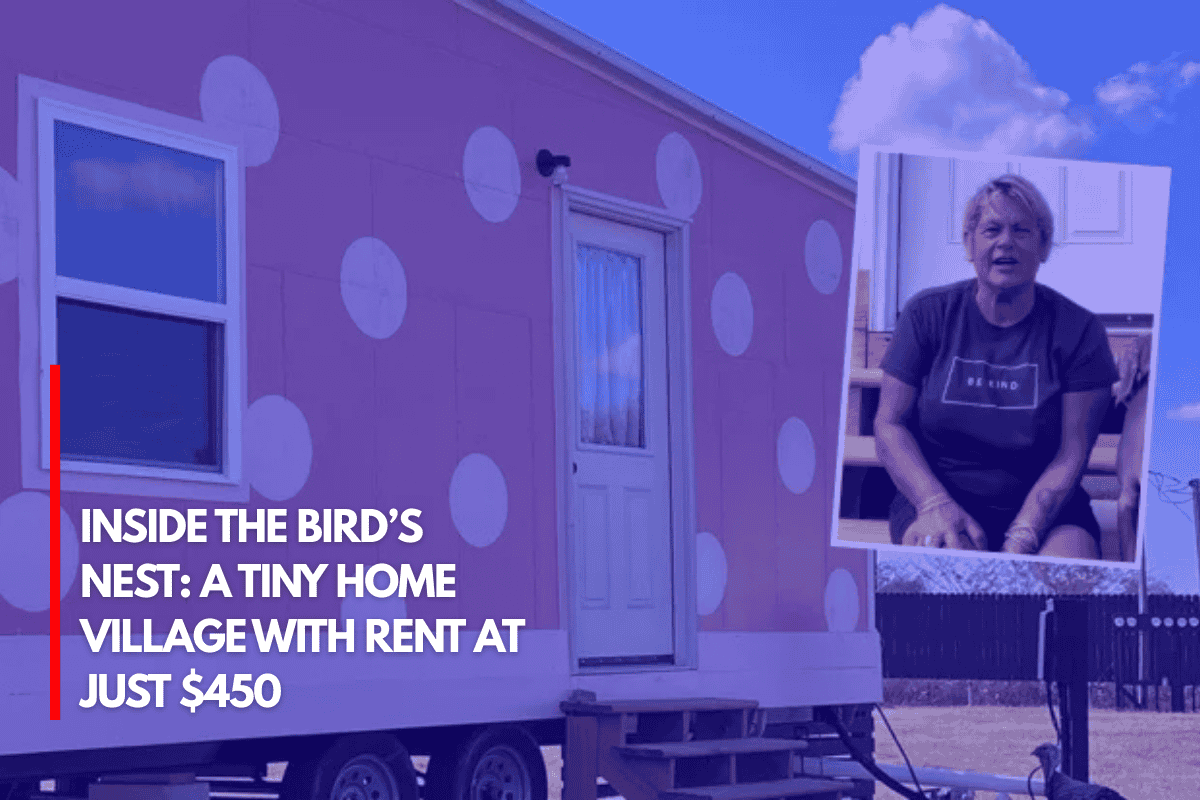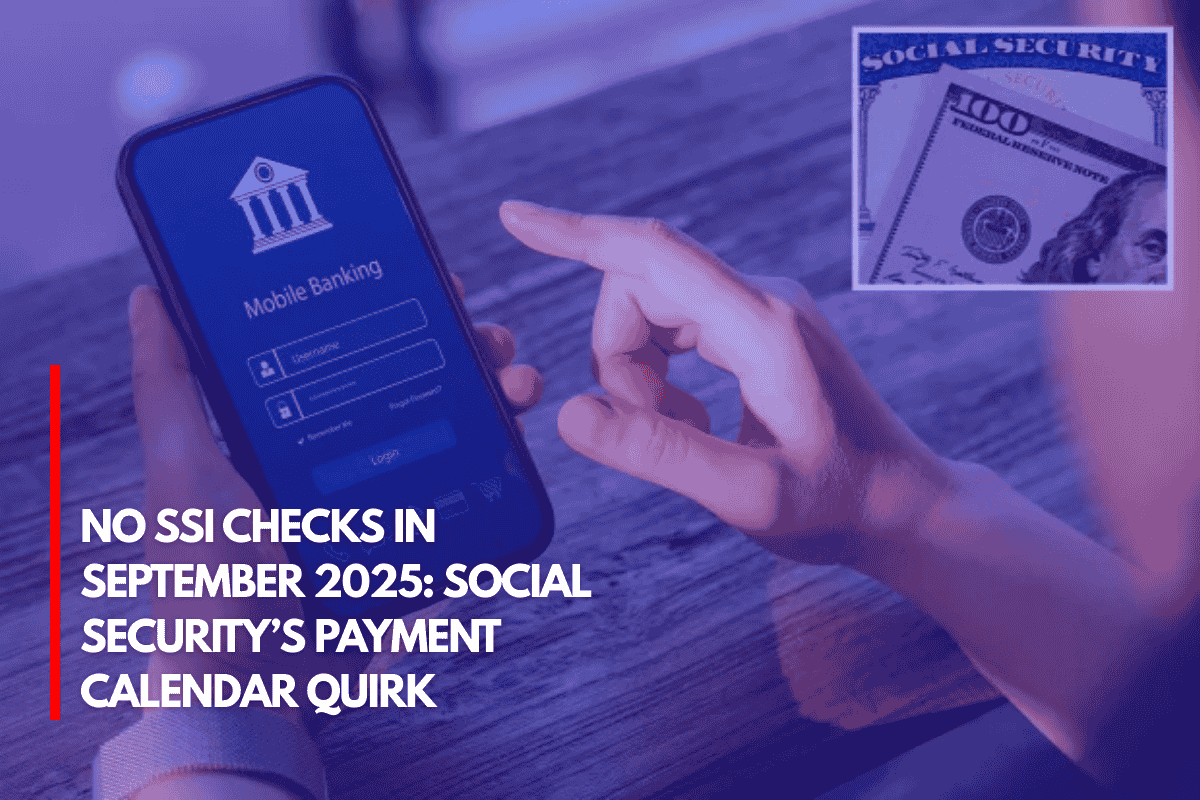The world has started to deal with a surge of technological advancement beyond anything seen since the invention of the internet since OpenAI’s ChatGPT was widely implemented in late 2022. Self-driving cars are becoming more prevalent, innovation is speeding up, and Tesla is creating a humanoid robot that will be sold commercially to help with simple household chores.
Some people find this future exciting, while others find it dismal. However, there is still a crucial question: Will all of this innovation significantly raise the standard of living for the typical individual anytime soon?
The answer may appear apparent at first. However, it is still unclear if these technical developments would significantly enhance daily life, at least not without substantial government deregulation. The expenses of housing, healthcare, and education are three of the biggest obstacles.
Consider housing. While median family income has increased by over 45% over the past ten years, inflation (excluding housing) has increased by over 21%, thus wiping out much of those income gains, according to census data and Bureau of Labor Statistics inflation figures. In the meantime, home values have increased by more than 70%. From $175,000 in 2014 to $303,000 in 2023, median property values rose in value.
These gains show that property values have risen at an astounding rate, surpassing both general inflation and income growth. For many Americans, owning a home, which was once the cornerstone of the American Dream, feels more and more unattainable.
The National Association of Realtors’ demographic data reflects this escalating affordability challenge. The typical age of first-time homebuyers was only 29 in 1981. That number increased by almost ten years, to 38, by 2024. More startlingly, throughout the same time span, the median age of repeat buyers increased from 36 to 61.
These numbers show a distinct trend: homeownership is becoming a luxury of late middle age, rather than a milestone of early adulthood, as it is increasingly postponed.Costs have skyrocketed in more areas than housing. A 1956 hospital bill for a child’s birth was recently included in a widely shared post on X (previously Twitter). After accounting for inflation, the total came to just $107 and $1,280. Those who are insured frequently still have to pay up to $3,000 out of pocket for that same hospital birth, which may now cost up to $18,000.
The Bureau of Labor Statistics reports that the cost of medical services has increased by more than 700% since 1980, despite a 300% increase in inflation. This discrepancy highlights a system in which the typical American has not been able to afford or access healthcare innovation.
When it comes to education, the situation is equally concerning. The expense of attending college has increased far faster than the rate of inflation overall. The graph below illustrates how, since 1980, inflation has risen by more than 300% while college tuition has soared by more than 1,200%. This glaring disparity highlights how the actual cost of higher education has increased significantly.
Tuition at a public four-year university averaged about $804 per year in 1980 (about $3,300 after inflation). It is currently close to $10,000, and private institutions charge considerably higher prices. Even while online learning has advanced, cost has not kept pace with these developments. Rather, a lot of graduates leave school with debt and confront an unpredictable job market that could not pay enough to cover the expense of their degrees.
One factor unites housing, healthcare, and college tuition, explaining a large portion of the price explosion: frequently well-meaning but unexpected government action.
Taxpayers have poured money into the higher education system as a result of the federal government’s expansion of student loan programs. Since students can borrow nearly limitless amounts, universities have had little incentive to keep costs under control. As administrative ranks have grown, universities have been able to construct opulent amenities thanks to demand-driven inflation. Students are left with piles of debt and frequently dubious returns in the meanwhile.
Government programs such as Medicare and Medicaid have skewed pricing in the healthcare industry, and insurance mandates and regulatory constraints have increased the cost of compliance. These regulations raise the price of everything from necessary surgeries to life-saving medications by limiting competition and transparency. A system rife with inefficiencies, exorbitant prices, and opaque billing frequently leaves even insured patients with startling bills.
Zoning laws, land-use regulations, environmental evaluations, and stringent regulatory procedures have stifled new supply in the housing market, particularly in areas with strong demand. Building new homes, especially inexpensive ones, is extremely difficult and costly due to government-imposed restrictions on land use, density, and height. In the meantime, well-intentioned measures like rent control and others frequently backfire by deterring investment and eventually lowering the supply of available homes.
Together, these instances highlight a painful reality: whether a patient, student, or potential homeowner, the costs are frequently passed straight on to the consumer when government measures impede market dynamics.
New technologies will continue to thrive in theory while the typical American experiences minimal change in practice until significant reform is implemented, particularly deregulation that restores market incentives. Policymakers must first free up government if they hope that the promise of the AI era will result in significant improvements in living standards.
Alexander Frei is a senior research associate at the Heritage Foundation/Tribune News Service’s Center for Data Analysis.

